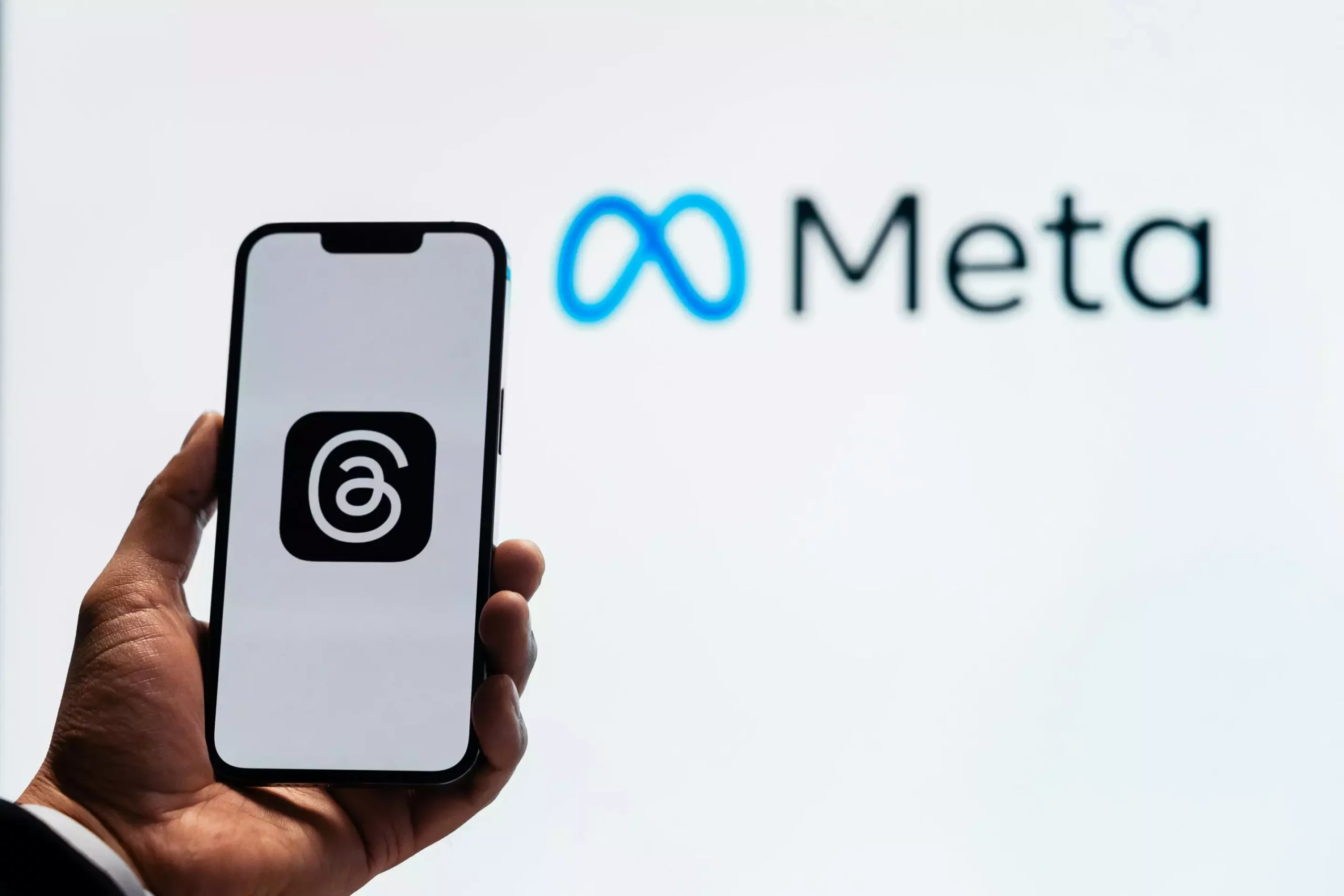In recent developments in the world of artificial intelligence (AI), Meta, the parent company of Facebook, has taken a bold stand for open-source AI by releasing a new collection of large AI models. This step includes the unveiling of Llama 3.1 405B, which is being touted as “the first frontier-level open-source AI model” by Meta’s founder and chief executive, Mark Zuckerberg. This move is significant in the ongoing battle between open-source and closed-source AI.
Closed-source AI refers to the practice of keeping models, datasets, and algorithms proprietary and confidential. While this approach allows companies to safeguard their intellectual property and maintain control over their profits, it comes with a set of drawbacks. One of the main concerns with closed-source AI is the lack of transparency and external accountability associated with proprietary systems. This can hinder innovation, create dependencies, and erode public trust in AI technology.
Despite the proliferation of ethical frameworks in AI development, closed-source AI often falls short in meeting the standards of fairness, accountability, transparency, privacy, and human oversight. For instance, companies like OpenAI, which operate closed-source AI models such as ChatGPT, do not release crucial information like datasets and source codes to the public. This lack of transparency makes it challenging for regulators to audit these systems, raising concerns about data privacy, bias, and accountability.
The Advantages of Open-Source AI
In contrast, open-source AI models offer transparency and collaboration opportunities that are not available in closed-source systems. By making the code and dataset behind AI models accessible to the public, open-source AI fosters community engagement, rapid development, and innovation. Small and medium-sized enterprises, in particular, benefit from the affordability and accessibility of open-source AI, as they can leverage existing models without investing in extensive training resources.
Meta’s commitment to open-source AI through the release of large models like Llama 3.1 405B is a step towards democratizing AI technology. While Meta’s new model outperforms existing closed-source models in certain tasks, there are areas where further transparency is needed, such as releasing the dataset used for training. Ultimately, Meta’s move highlights the importance of accessibility, governance, and openness in shaping the future of AI for the benefit of humanity as a whole.
Challenges and Opportunities for Open-Source AI
As the debate between open-source and closed-source AI continues, key questions remain about finding a balance between protecting intellectual property and fostering innovation, addressing ethical concerns, and safeguarding against misuse. By collectively advocating for ethical AI policies, promoting transparency, and supporting open-source initiatives, stakeholders in AI development can pave the way for an inclusive and responsible future where AI technology serves the greater good.
The battle between open-source and closed-source AI reflects a broader struggle for accountability, transparency, and ethics in the field of artificial intelligence. As we navigate these challenges and opportunities, the choices we make today will shape the future landscape of AI technology and its impact on society. It is up to all stakeholders to work together towards a future where AI technology is accessible, ethical, and beneficial for all.


Leave a Reply